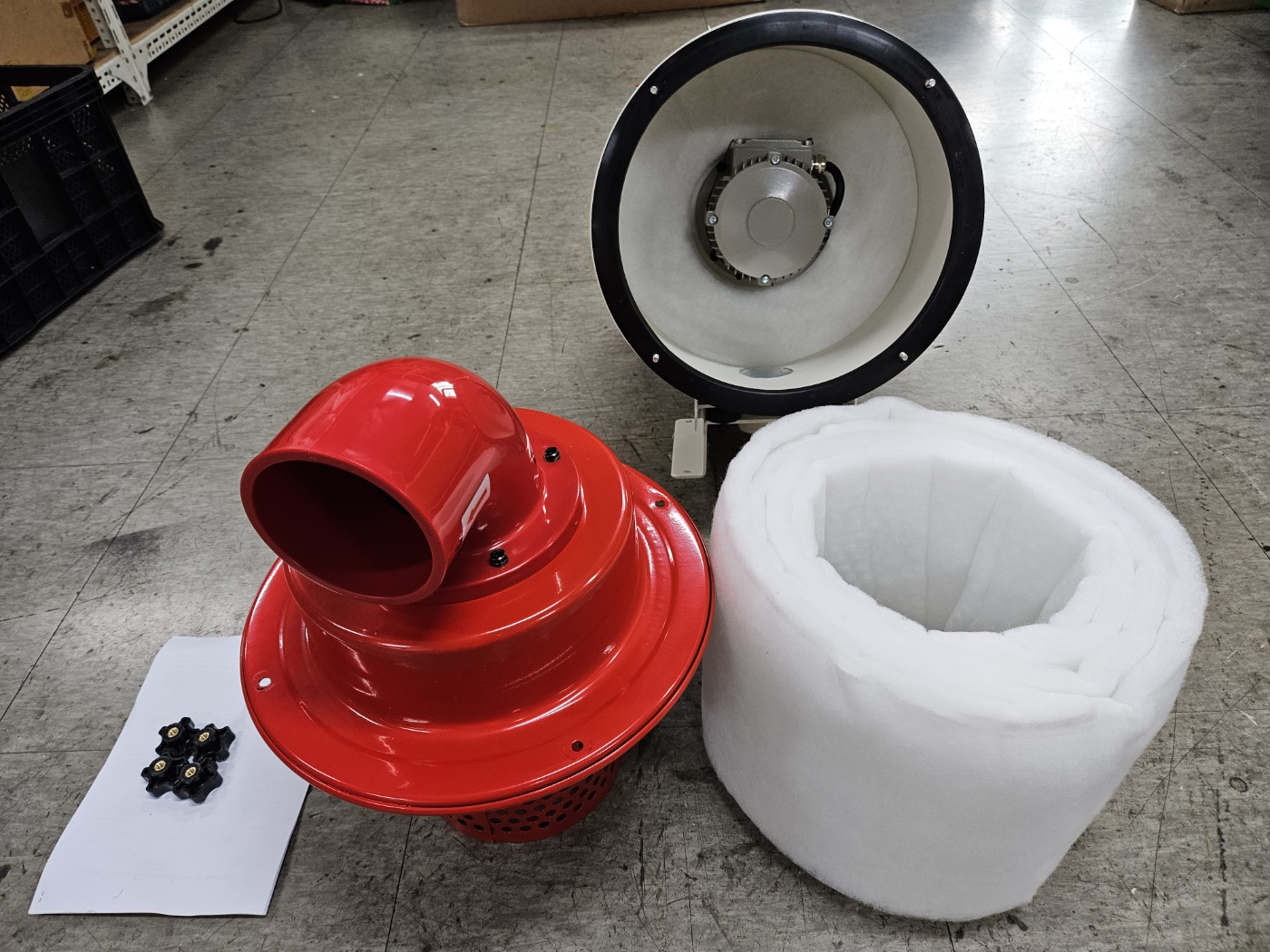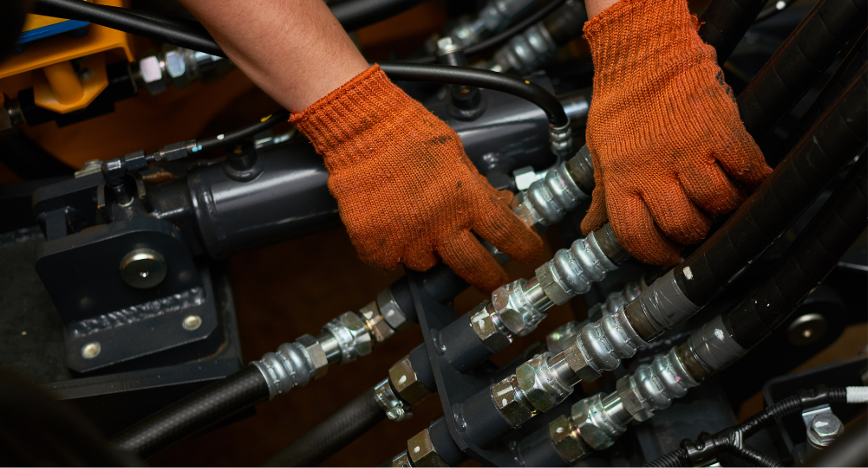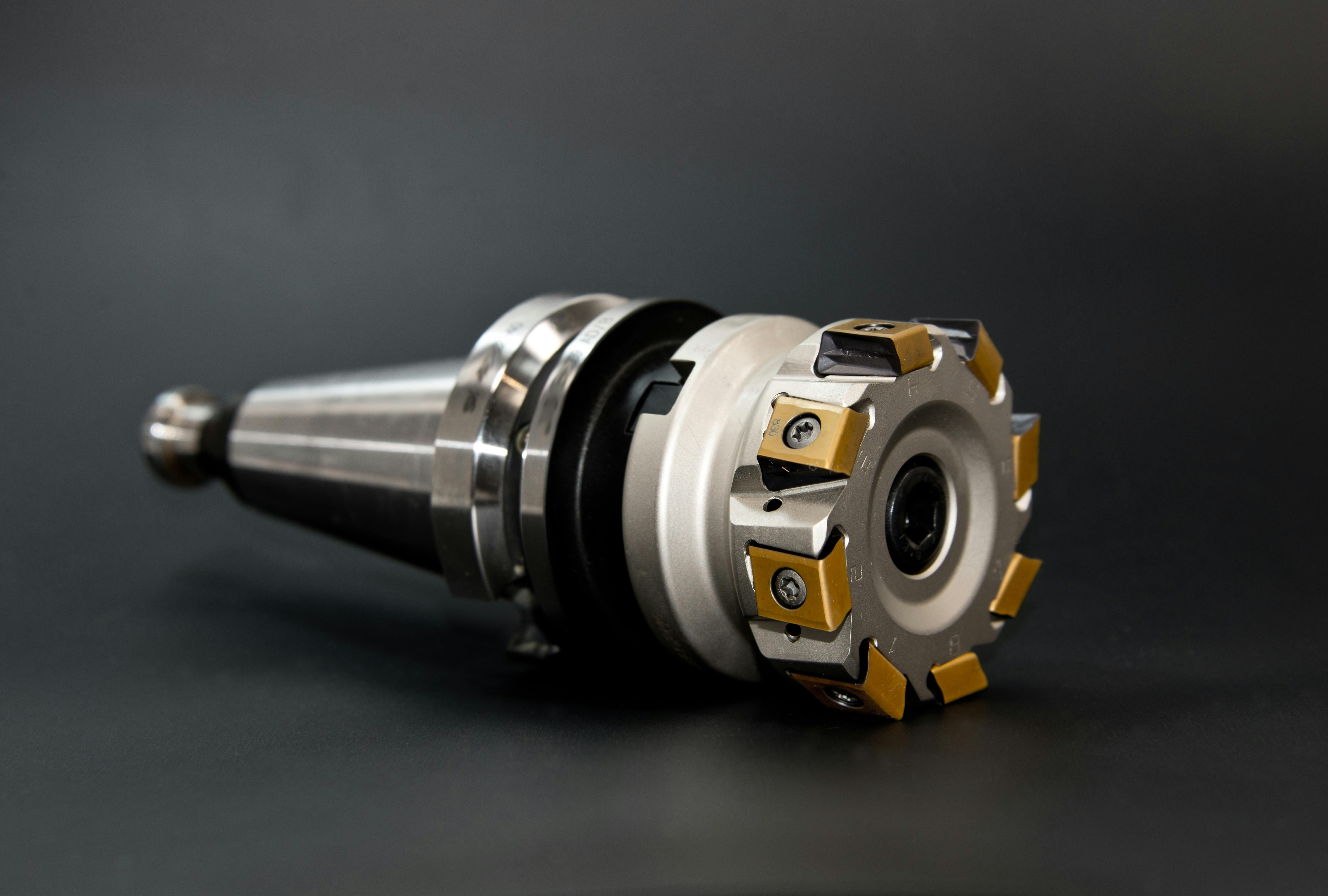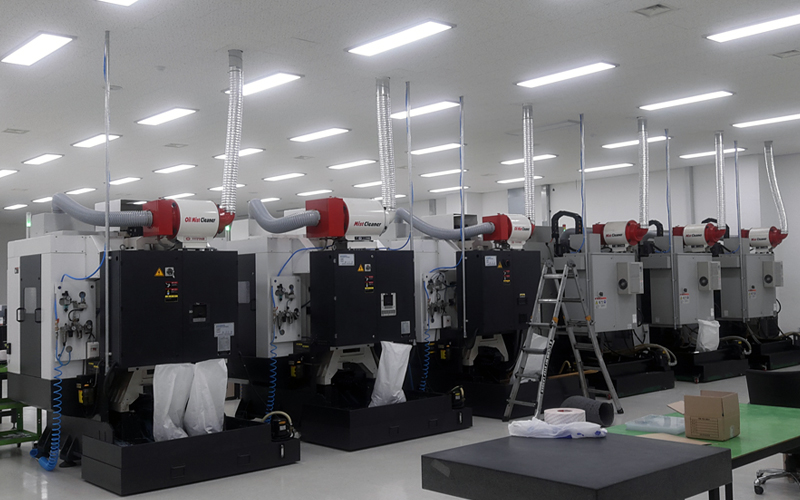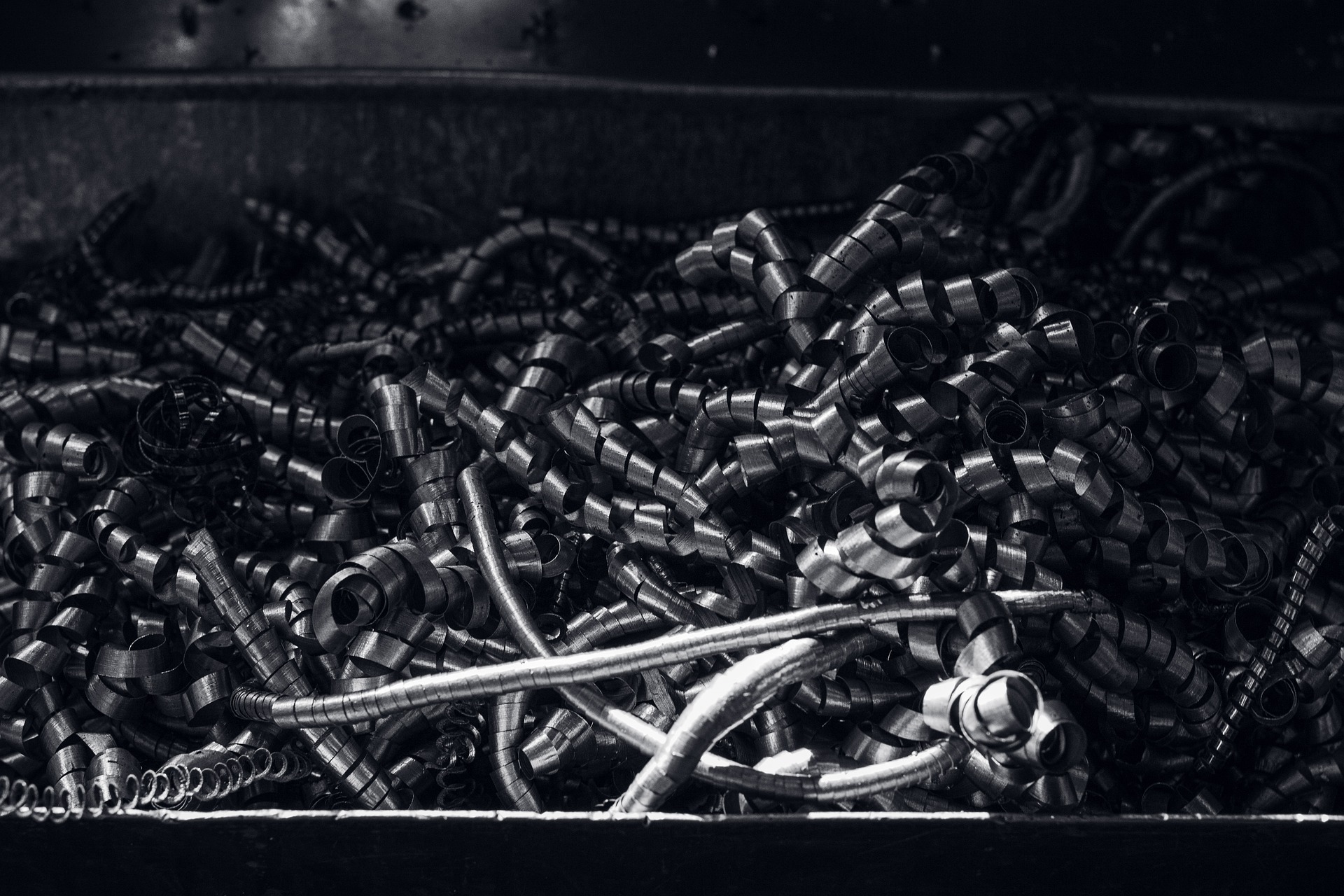 14Jun
14Jun
In today’s guide, we will be discussing some basic maintenance and troubleshooting steps for machine tool coolant pumps.
Machine tool coolant pumps are a necessary component for large, industrial machining tools as they are responsible for regulating the flow of coolant throughout the machine in order to control its temperature. This is a vital function for any large machining tool that will play a key role in the overall longevity and performance of your machine.
Maintaining Your Machine Tool Coolant Pumps
Preparing Your Machine Tool Coolant
One of the best ways to extend the longevity of your Without regular maintenance, your machine’s coolant system can become clogged with metal chips and debris, and it can even become a home for nasty buildups of bacteria that can severely damage your cooling system.
When preparing the coolant for your machine tool cooling pump system, be sure to check the manufacturer’s recommended ratio of coolant to water to achieve the correct Brix percentage value. It is important to note that the Brix percentage value will not necessarily be the same as the percentage of coolant within the coolant mixture.
Your Brix percentage should fall between 6% to 10%, with the ideal value being 8% Brix. In order to accurately measure the Brix value in your coolant mixture, it is a good idea to use a refractometer. Add a few drops of water to the refractometer lens and use the dial to zero out the device.
Once your refractometer is zeroed out, add about 3 drops of your coolant mixture and check to make sure it is within the correct Brix value range. As long as you follow the manufacturer’s instructions carefully, it is not always necessary to use a refractometer when preparing a new batch of coolant for your machine tool coolant pump, but you should always use a refractometer to check your Brix value after topping off an existing batch of coolant.
Another important step for checking your coolant mixture ratio is testing its pH level. You can accomplish this by using water quality test strips. Simply place a few drops of your coolant mixture onto the test strip and wait for it to change color, then use the color guide to check the mixture’s pH. Your coolant mixture should have a pH level of 8 - 10.
If your pH level is below 7, this usually means that the mixture is too weak, which can open up your machine tool coolant pump system to potential problems, such as bacterial infestations and corrosion.
Maintaining Your Machine Tool Coolant
One of the most important aspects of maintaining your machine tool coolant is making sure it is free of debris. Over time, small particles and metal chips can accumulate in your coolant, and it will need to be replaced with a new batch of coolant. However, as long as you continue to remove debris from your coolant, you can continue to reuse it by topping it off with water and fresh coolant as needed.
To remove larger metal fragments from your coolant, simply use a perforated scoop to dredge the bottom of the tank, then lift out the metal chips while allowing the coolant to drain back into the tank.
If you are machining something like cast iron, you will find a higher concentration of fine metal material at the bottom of your tank, and you may not be able to effectively remove it with a scoop. In this case, it is a good idea to add a filter to your coolant inlet panel to filter out fine metal particles and prevent them from making their way into your machine tool coolant pumps.
Troubleshooting your Machine Tool Coolant Pumps
If you are noticing changes in the performance of your machine tool coolant pump, such as loud noises or decreased flow, follow these troubleshooting steps to get it working properly again.
1. Check the cooling fan
First, check your cooling fan to make sure it isn’t damaged, being obstructed by debris, or otherwise being blocked from expelling heat from your machine tool coolant pumps system.
2. Check the impeller housing for damage and debris
If that doesn’t solve your issues, proceed to removing the machine tool coolant pump from the tank to check for obstructions around the coolant intake portion of the pump. Lay the machine tool coolant pump on its side and rotate the impeller drive shaft with your thumb and forefinger. If the impeller doesn’t turn freely, or if you hear any scraping or grinding noises inside the impeller housing, you may need to open it and clean out any debris that may have accumulated.
While you have the impeller cover off the machine tool coolant pump assembly, take a moment to check the impeller for damage. If it is broken or chipped, it will need to be replaced.
3. Check the coolant lines to make sure they are unobstructed
If you are noticing decreased efficiency in your machine tool coolant pump’s flow of coolant, you may need to check the coolant lines to make sure they are not being blocked by fragments of metal or other debris.
Disconnect the coolant line from the filter housing and let it pump directly into the coolant tank. If the coolant flow is strong, then the obstruction is most likely somewhere else within the coolant system.
If you have verified that all of these steps have been completed properly and are still experiencing issues with your machine tool coolant pump, you may need to have your coolant system inspected by a machine tool coolant pump expert. However, if you are not quite ready to call in a maintenance request, check out IndustryNest’s online community of engineers to get answers to your questions!
When you need to replace, repair, or maintain your machine tool coolant pump, visit IndustryNests to shop our full line of machine tool coolant pumps and coolant pump replacement parts.

